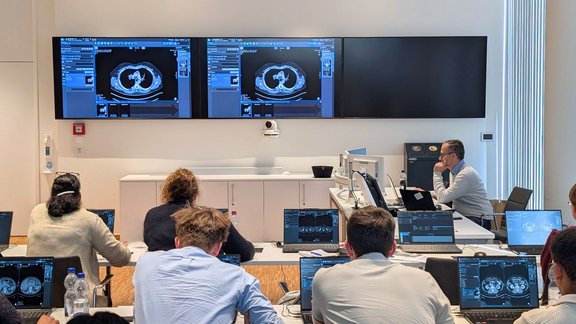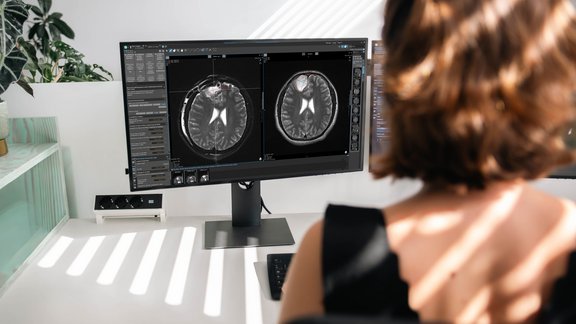With mint Lesion™, “complex information is condensed so that it is easier to understand. We believe that this way, we can make the complex central assertion of the report more coherent for referring colleagues or patients – it is condensed, compressed, and clear,” says Dr. Jonas Müller-Hübenthal, owner of the practice for radiology and nuclear medicine in KölnTriangle, Germany.
Dr. Müller-Hübenthal recounts how he and his team welcomed the advantages that arose with the integration of the mint Lesion™ way of structured reporting into their clinical routine work and why they cannot imagine working without it anymore.
Read the Success Story here.



